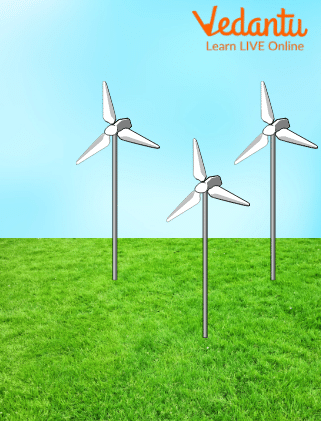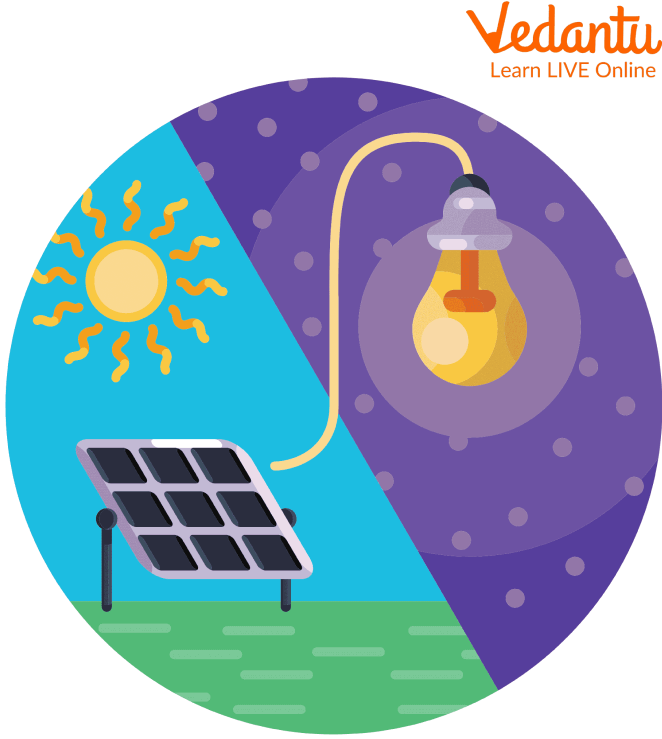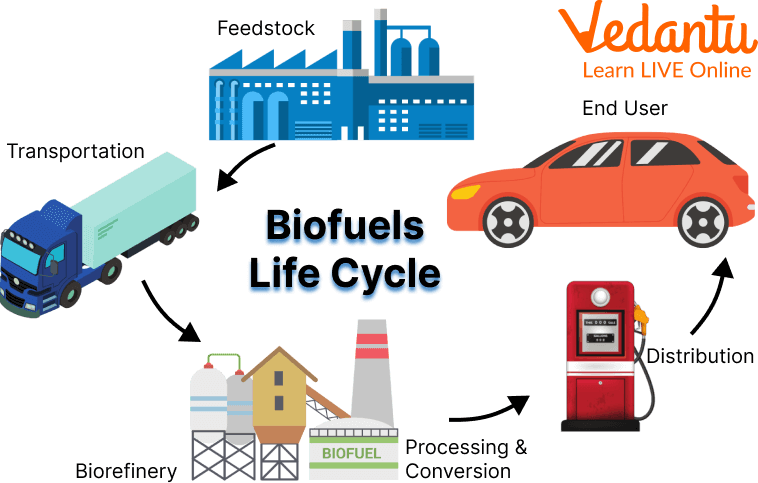




Introduction to the World of Energy
Sources of energy are very important and we perform different day-to-day tasks with the help of energy. Can you imagine your life without sources of energy? It will be very difficult to survive and life will end. But from where is this energy obtained? Are these sources man-made or natural? Have you ever heard about the alternative sources of energy that are used other than the traditional sources of energy? Let’s discuss these.
People started looking for other energy sources in the late 1900s so they could heat their homes, light their homes, and power their vehicles. People worried that sources like coal, oil, and nuclear power were depleting. Waterpower, wind power, and solar power are examples of alternative energy sources. These and other non-depletable energy sources are referred to as green or renewable.
What are Alternative Sources of Energy?
Alternative sources of energy can be defined as the use of sources of energy other than the traditional fossil fuels (such as oil, coal, and natural gas), which are shorter in supply and which are considered harmful to the environment. It includes all renewable and nuclear energy sources.
The most commonly used alternative sources of energy include the following:
Wind Energy
Solar Energy
Geothermal Energy
Bioenergy
Hydroelectric Energy
Hydrogen Energy
Nuclear Energy
Tidal Energy
The above-listed sources of energy are explained below:
Uses of Alternative Sources of Energy
1. Wind Energy
In this source of energy, the wind is used for producing electricity by making use of the kinetic energy created by air in motion.

Wind Energy
2. Solar Energy
In this source of energy, the radiation from the Sun is used which is capable of producing heat, causing chemical reactions, and generating electricity.

Solar Energy
3. Geothermal Energy
It is a source of energy that is taken from the Earth’s core. It comes from the heat which is generated during the original formation of the planet.

Geothermal Energy
4. Bioenergy
In this source of energy electricity and gas are generated from the organic matter known as biomass. Bioenergy is one of the resources available to help meet the demand for energy, it includes electricity, heat and transportation fuel.

Bioenergy
5. Hydroelectric Energy
It is a source of energy that is obtained by falling water from high potential to low potential as potential is defined to flow down from a certain height. It is a form of energy that harnesses the power of water in motion—such as water flowing over a waterfall—to generate electricity.
Importance of Alternative Sources of Energy
The importance of alternative sources of energy are discussed below:
Protects the Environment: Alternative sources of energy help to protect the environment and give it the opportunity to regenerate.
Helps in Providing Sustainable Fuel Systems: The alternative sources of energy can help in creating a sustainable fuel system and can help in sustaining the ecological balance of a region.
Helps in Reducing the Dependence on Imported Fuels: Another use of alternate sources of energy is that it helps to reduce the dependence on imported fuels.
Helps in Enhancing Income: It helps in enhancing the income of the country by creating additional employment opportunities for the population of the country.
Useful in Conserving Fossil Fuels: When we make use of alternate sources of energy it helps us in conserving fossil fuels.
Useful in Slowing and Reversing Climate Change: Because the alternate sources of energy have a much lower carbon content it helps to slow down and reverse climate change.
Useful in Economic Growth: Producing more utility-scale energy systems can help in creating more economic growth.
Summary
Thus it can conclude that the alternate sources of energy are the future energy sources that will help in sustaining the environment as well as help in minimising the dependency on conventional energy sources. These sources of energy need to be explored more and more.
FAQs on Alternative Sources of Energy
1. What percentage of the world uses alternate sources of energy and which is the most widely used alternate source of energy?
From 27% in 2019 the share of renewables in global electricity increased to 29% in 2020. The increase in alternative sources of energy mainly came at the cost of gas and coal, though these two sources still represent close to 60% of the global electricity supply. The most widely used alternate source of energy in the world is hydropower energy. Before lockdown, some measures were implemented, and shares of renewables were higher due to favourable weather conditions. The global use of alternate sources of energy was 1.5% higher in 2020 than in 2019.
2. Why are we looking at alternate sources of energy?
We are looking at alternative sources of energy because as our standards of living are increasing day by day so are our energy requirements. So a need has arisen to exploit and look for more and more alternative sources of energy. Another reason why we are looking for alternate sources of energy is that our conventional sources of energy like fossil fuels get depleted very soon which is why we need to look for other alternatives as well.
3. Write some interesting facts about alternative sources of energy.
Some interesting facts about alternative sources of energy are given below:
There are over two million solar power systems installed in the United States.
The alternate sources of energy create five times more employment opportunities than the conventional sources of energy.
Solar energy is nearly 200 years old.
One wind turbine can be used to power nearly 1500 homes for a year.









